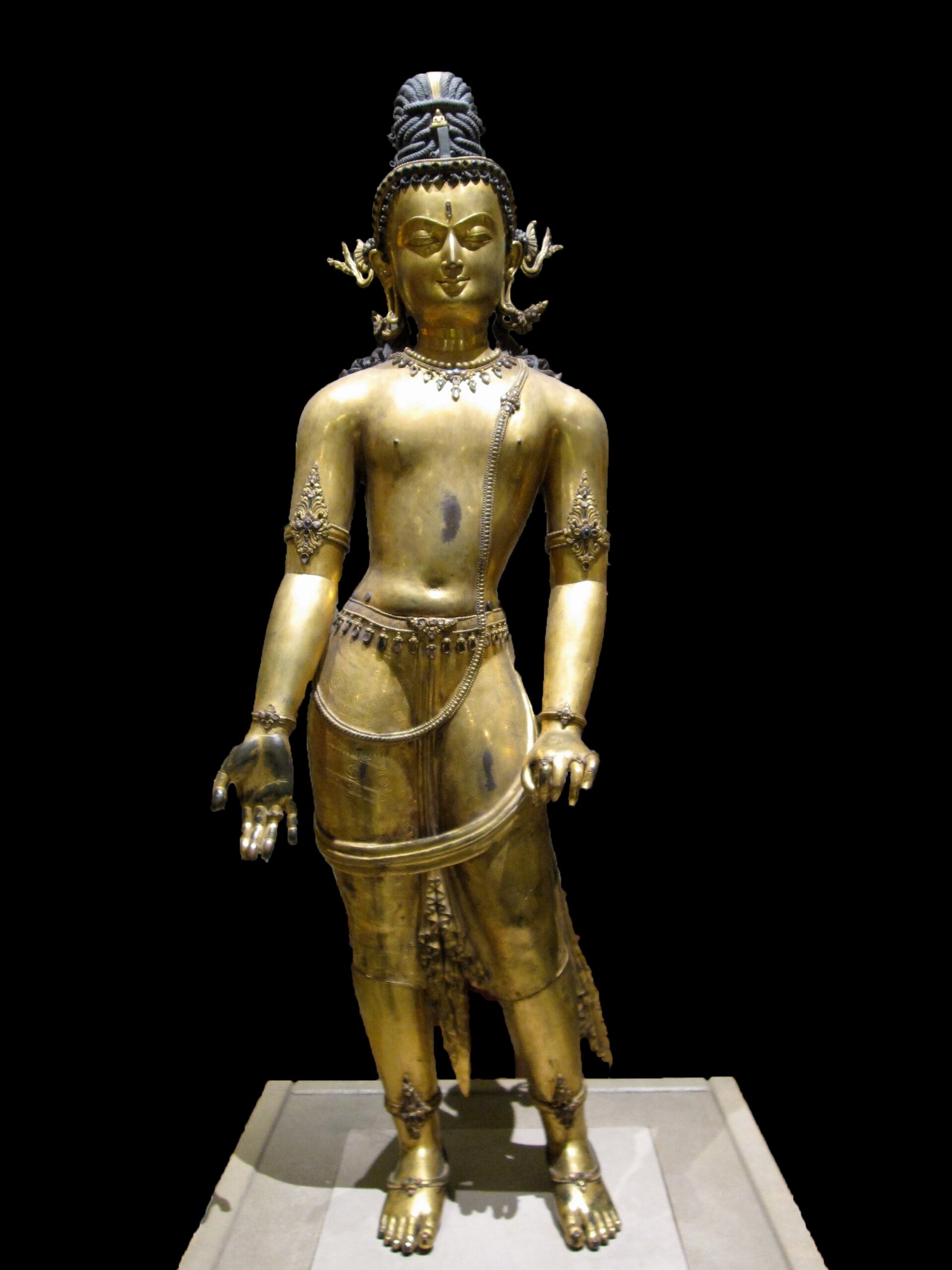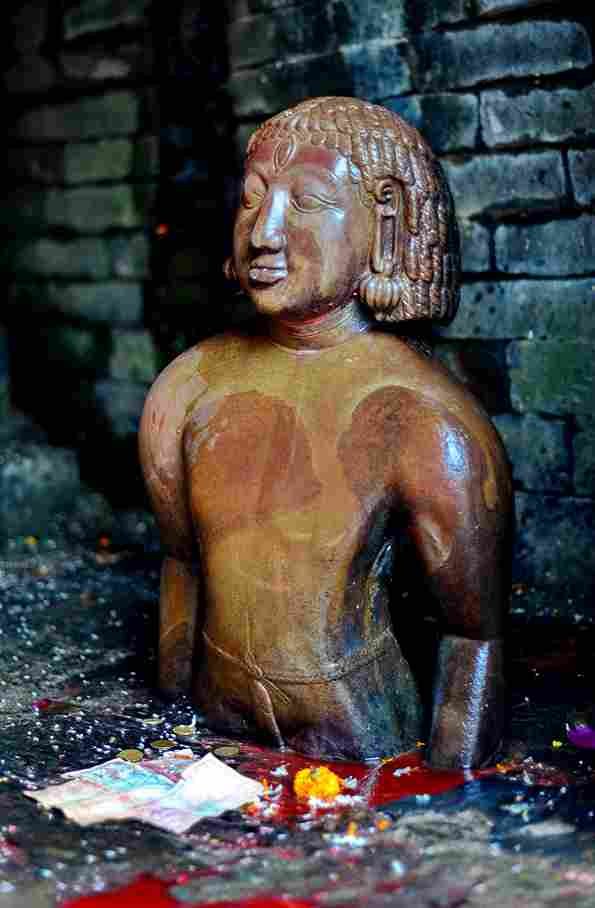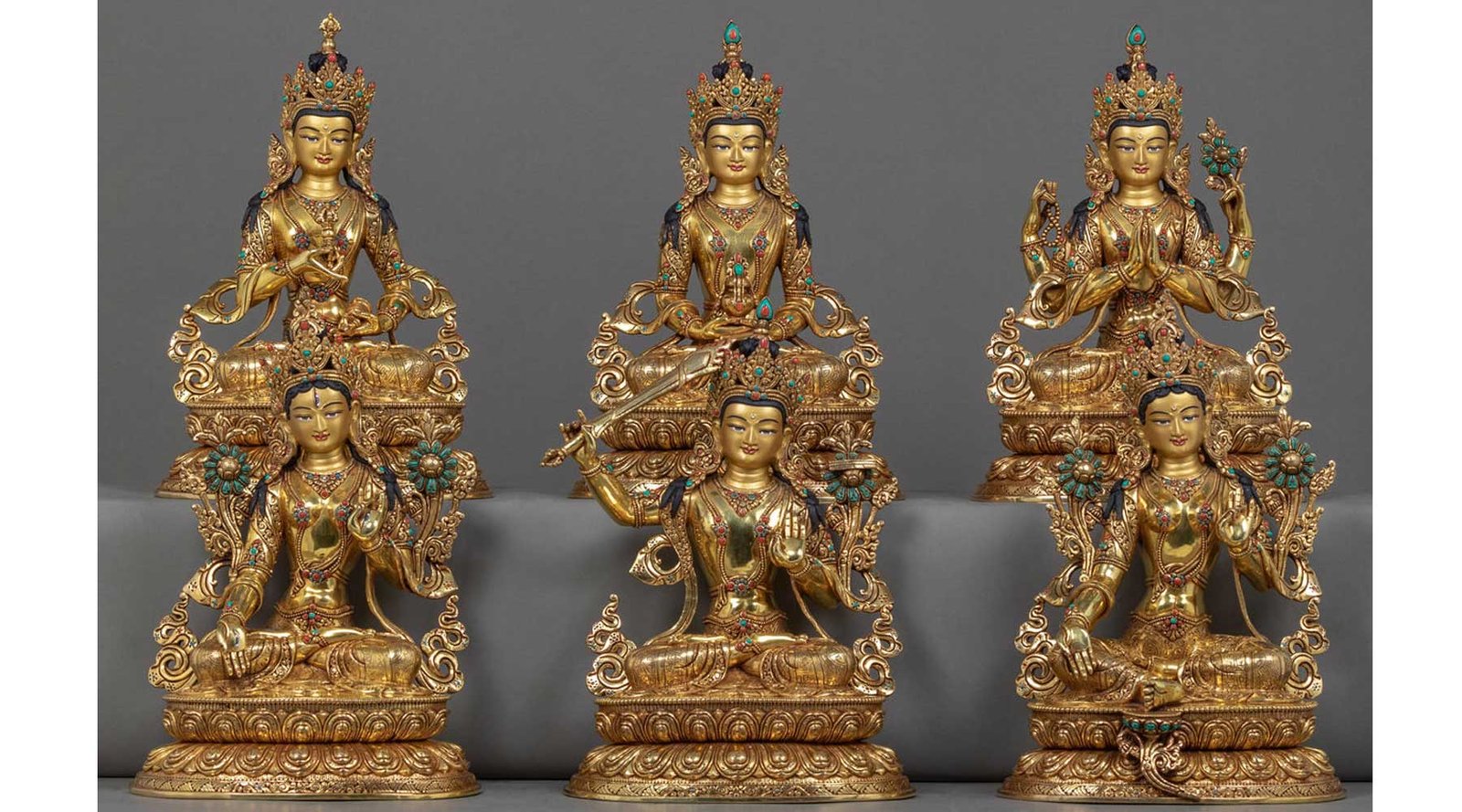
Oldest Sculpture of Nepal
Nepal is often celebrated for its towering mountains and vibrant culture, but few realize that it is also a treasure trove of ancient art and sculpture. Among the many historic masterpieces, the Baman Tribikram sculpture, erected by Licchhavi king Man Dev, holds the distinction of being the Oldest Sculpture of Nepal. For travelers, history buffs, and art enthusiasts, exploring this sculpture is like stepping into a living museum that showcases over a millennium of Nepalese heritage.
Understanding Nepal’s Sculptural Heritage
Nepal’s artistic history is deeply intertwined with its religious and cultural evolution. From Hinduism to Buddhism, sculptors in Nepal have expressed their devotion, beliefs, and social ideals through intricate carvings. The Licchhavi period (c. 400–750 AD), in particular, was a golden era for sculpture.
Key Features of Licchhavi Sculptures:
Material: Primarily stone, later bronze and wood
Themes: Religious icons—Hindu deities like Vishnu, Shiva, Durga, and Buddhist figures
Style: Influences from Indian Gupta and Pala art, with a distinct Nepalese flair
Locations: Temples, royal palaces, and sacred sites across Kathmandu Valley
During this period, Nepalese sculptors mastered the art of combining religious symbolism with artistic elegance. The sculptures were not merely decorative; they conveyed spiritual stories, rituals, and philosophical teachings.
The Oldest Sculpture of Nepal: Baman Tribikram
The Baman Tribikram sculpture, commissioned by Licchhavi king Man Dev, is widely recognized as the Oldest Sculpture of Nepal. This sculpture depicts Lord Vishnu in his Vamana (Baman) form, performing the cosmic act of measuring the universe in three strides an important Hindu mythological story.
Historical Significance:
The sculpture reflects the early fusion of Indian and Nepalese art styles.
It highlights the importance of Vishnu worship during the Licchhavi period.
Its survival for over 1,400 years demonstrates the durability and skill of Nepalese sculptors.
Physical Features:
Material: Stone
Condition: Well-preserved, though showing natural weathering
Artistic Details: Intricate carvings depicting Vishnu’s attire, ornaments, and divine posture
This sculpture is not only an artistic treasure but also a cultural touchstone that offers insights into early Nepalese civilization, politics, and spirituality.

Birupakshya
Other Licchhavi-Era Sculptures
Nepal’s history is rich with ancient sculptures, many of which survive in temples, museums, and historic sites. Some notable examples include:
Palanchowk Bhagawati: A sacred stone goddess sculpture, renowned for its religious significance and artistic detail.
Budhanilkantha: The giant reclining Vishnu carved from a single stone, showcasing the Licchhavi mastery of large-scale sculptures.
Pashupatinath Temple Sculptures: Various stone carvings from the 5th century that illustrate early Hindu iconography.
Swayambhunath and Patan Museum Artifacts: Buddhist and Hindu sculptures that reflect the syncretism of Nepalese religious art.
These works collectively provide a window into the social, political, and spiritual life of ancient Nepal.

Cultural and Religious Significance
Sculptures like Baman Tribikram were more than art; they were integral to worship and daily life. Temples and sacred sites served as community centers, and sculptures acted as conduits for devotion. They told stories, preserved myths, and reinforced the religious hierarchy of the time.
Visiting these sculptures today allows travelers to:
Witness centuries-old craftsmanship firsthand
Understand the interconnection of art, religion, and society in ancient Nepal
Experience the living culture of Nepal, where these sculptures remain objects of reverence
Travel Guide: Visiting the Oldest Sculpture of Nepal
For travelers eager to explore the Oldest Sculpture of Nepal, here are practical tips:
Best Time to Visit:
October to March: Pleasant weather and vibrant festivals.
Recommended Locations:
Licchhavi-era temples around Kathmandu Valley
Changu Narayan and Palanchowk for related Licchhavi sculptures
Museums in Patan and Kathmandu for protected artifacts
Travel Tips:
Hire a local guide to gain historical context and hidden stories.
Respect temple customs: modest clothing, photography rules, and rituals.
Combine visits with cultural tours of Kathmandu, Bhaktapur, and Patan to enrich your experience.
Why the Oldest Sculpture of Nepal Matters
Exploring the Oldest Sculpture of Nepal is more than a sightseeing activity—it is an immersive experience in history, art, and spirituality. These ancient works:
Offer educational insights for students, historians, and art lovers
Provide photography opportunities that capture intricate stonework and historical context
Strengthen cultural appreciation for one of the world’s most artistically rich countries
Visiting these sites is a way to connect with the legacy of Nepalese civilization, making your travel experience both meaningful and memorable.
The Baman Tribikram sculpture, standing tall from the Licchhavi period, is the undisputed Oldest Sculpture of Nepal. Its historical, artistic, and cultural significance makes it a must-visit for travelers seeking to explore the heart of Nepalese heritage. From intricate carvings to spiritual storytelling, Nepal’s ancient sculptures are not just relics they are living symbols of the country’s enduring legacy.
FAQs About the Oldest Sculpture of Nepal
1. What is the oldest sculpture in Nepal?
The Baman Tribikram sculpture, erected by Licchhavi king Man Dev, is considered the Oldest Sculpture of Nepal. Dating back over 1,400 years, it depicts Lord Vishnu in his Vamana (Baman) form, symbolizing the divine act of measuring the universe in three strides.
2. Where is the Baman Tribikram sculpture located?
The sculpture is found in Kathmandu Valley, within temples and sacred sites built during the Licchhavi period. While some sculptures remain in their original temple locations, others can be viewed in museums like the Patan Museum for preservation.
3. What is the historical significance of the Baman Tribikram sculpture?
This sculpture represents one of the earliest examples of Nepalese stone craftsmanship. It reflects Licchhavi-era art, Hindu religious devotion, and early influences from Indian Gupta art. It also provides insight into the political and spiritual culture of ancient Nepal.
4. What material was used for the oldest sculpture of Nepal?
The Baman Tribikram sculpture was carved from stone, a common medium during the Licchhavi period. Stone was chosen for its durability and suitability for intricate detailing, allowing the sculpture to survive for over a millennium.
5. Are there other ancient sculptures from the Licchhavi period?
Yes. Other notable Licchhavi-era sculptures include:
Palanchowk Bhagawati – a stone goddess sculpture
Budhanilkantha – a giant reclining Vishnu carved from a single stone
Various temple carvings at Pashupatinath, Swayambhunath, and Patan Museum
These works showcase the artistic and religious richness of the period.
6. Can tourists visit the oldest sculpture of Nepal?
Absolutely. Travelers can visit temples and museums in Kathmandu Valley, where many Licchhavi-era sculptures are preserved. Guided tours are recommended for a deeper understanding of history, religious significance, and artistry.
7. Why is the oldest sculpture of Nepal important for travelers?
The Baman Tribikram sculpture and other ancient works allow visitors to:
Experience centuries-old craftsmanship firsthand
Understand the religious and cultural heritage of Nepal
Capture unique photographs of Nepalese art
Connect with living traditions where ancient sculptures remain objects of worship
8. What is the best time to visit Nepal to see ancient sculptures?
The best time to visit is October to March, when the weather is pleasant, festivals are celebrated, and travel conditions are ideal. This allows tourists to explore temples, historical sites, and cultural landmarks comfortably.
9. Are there any travel tips for visiting Nepal’s ancient sculptures?
Dress modestly and follow temple customs.
Hire local guides for historical and cultural context.
Combine visits with other historical sites like Bhaktapur, Patan, and Changu Narayan.
Respect photography rules in temples.

